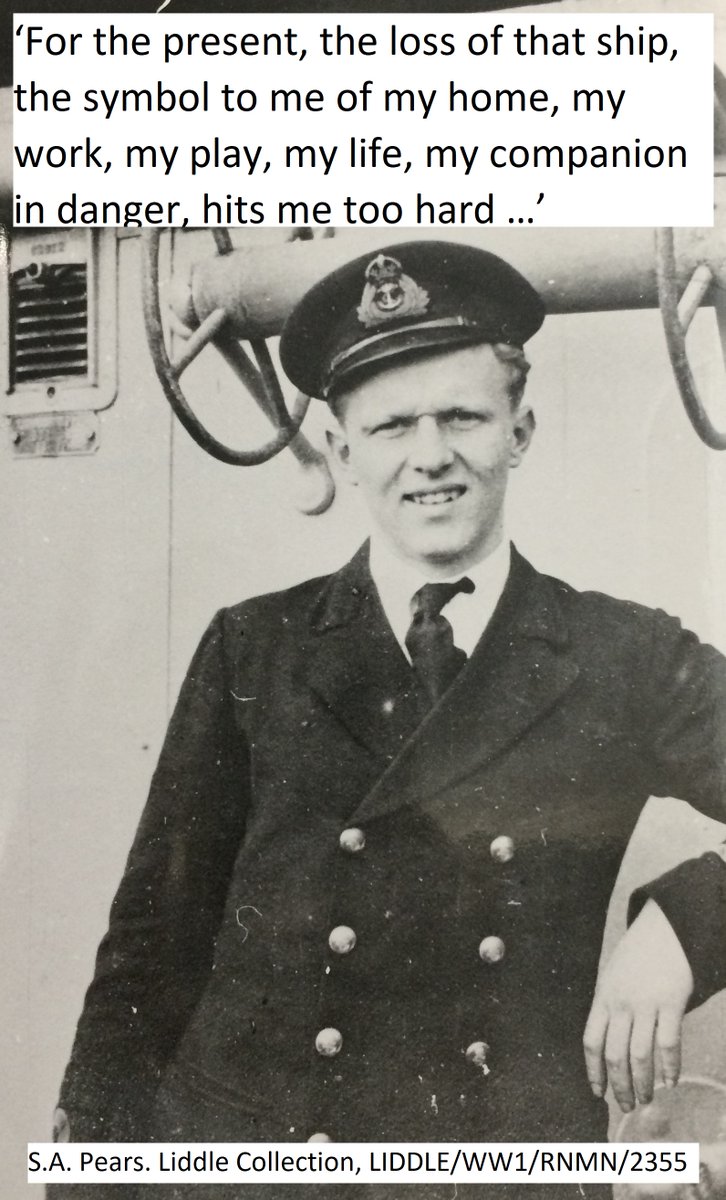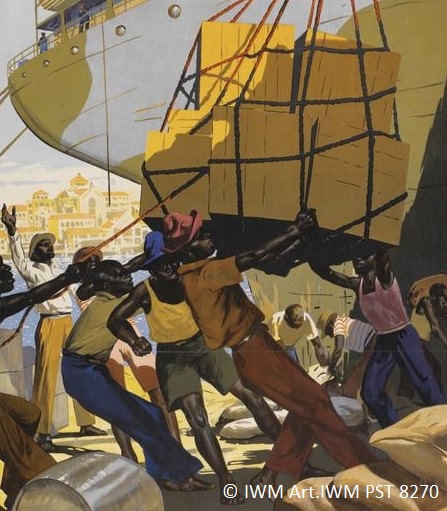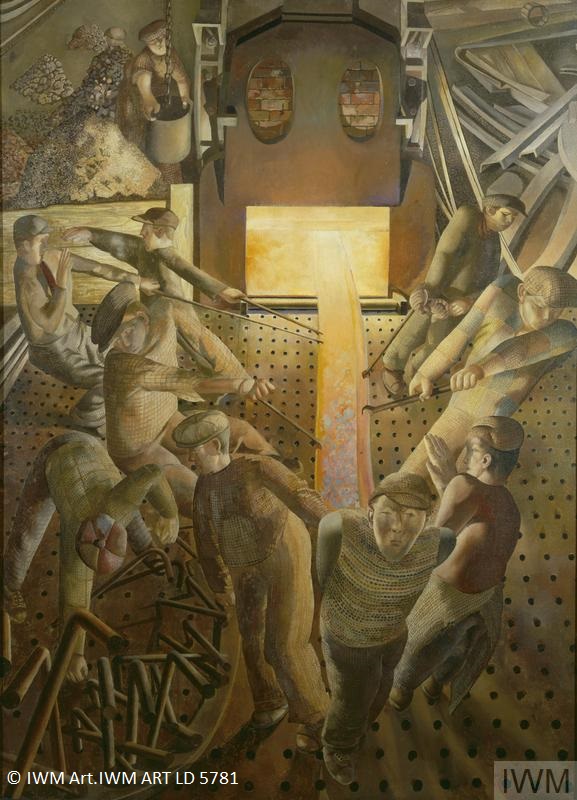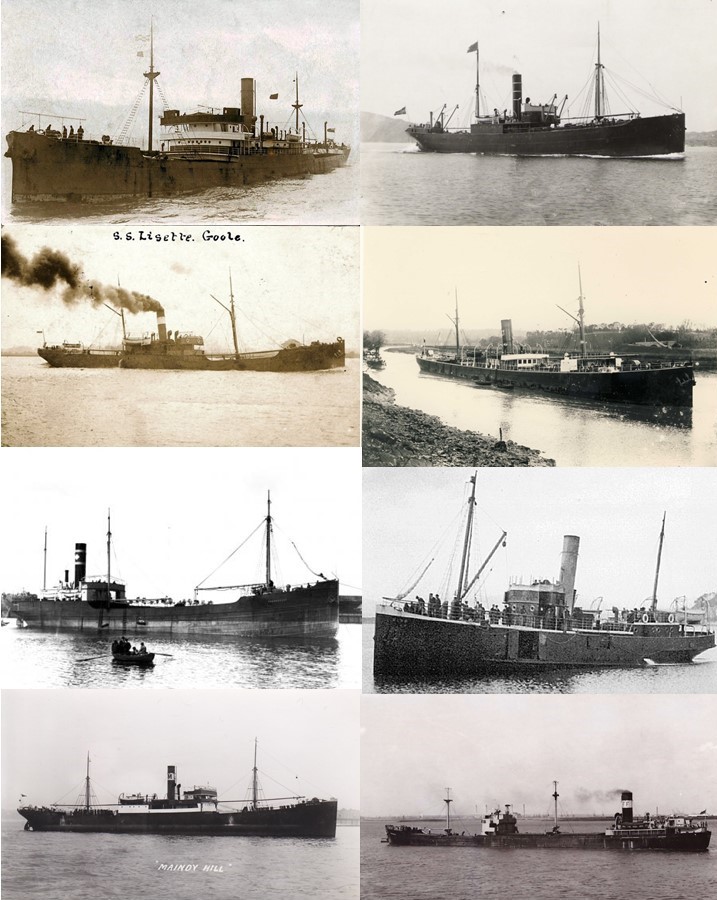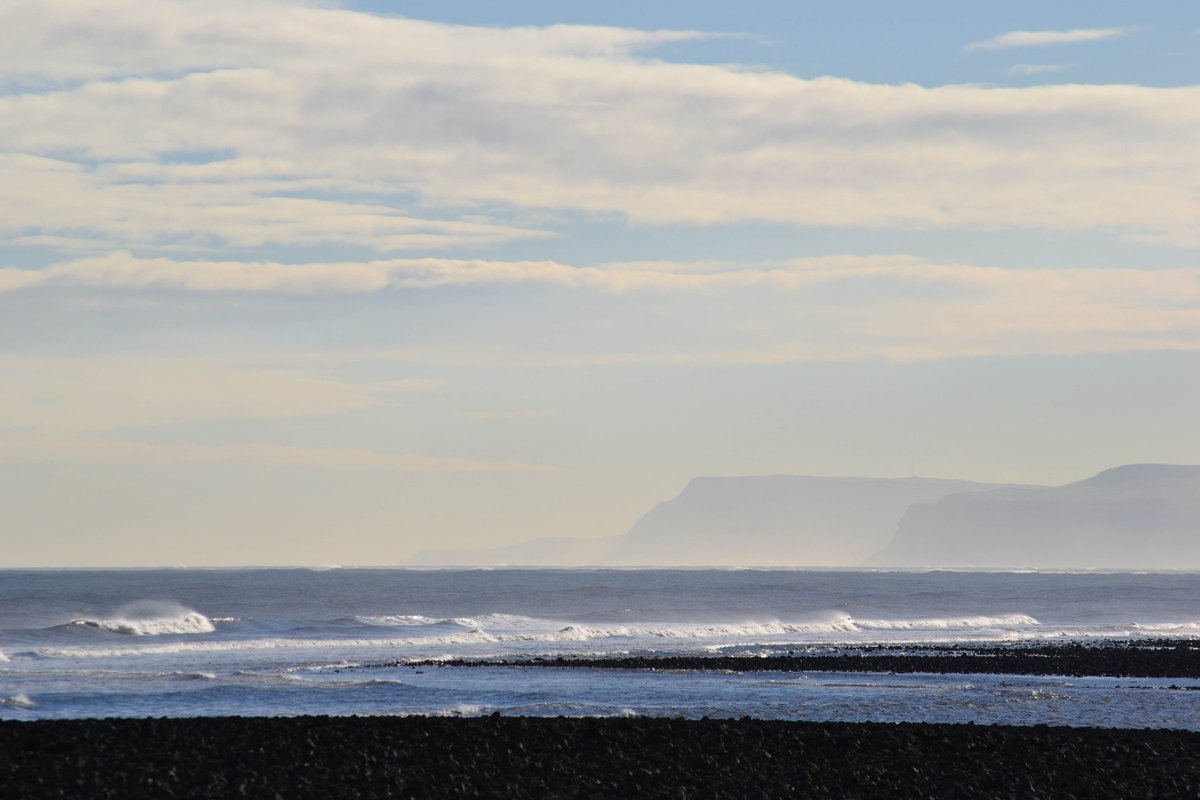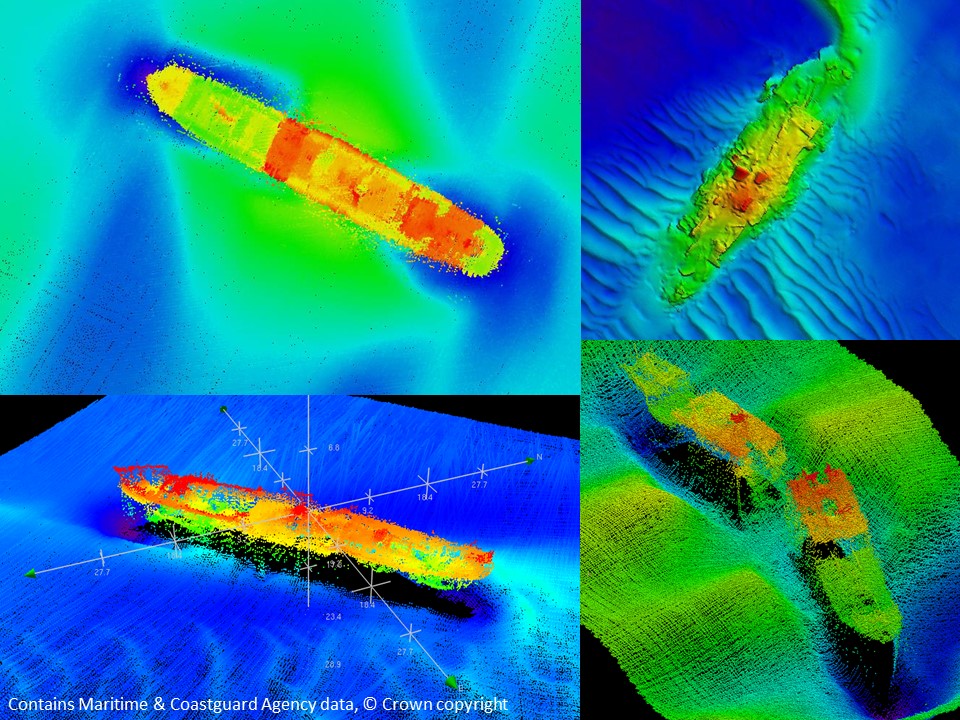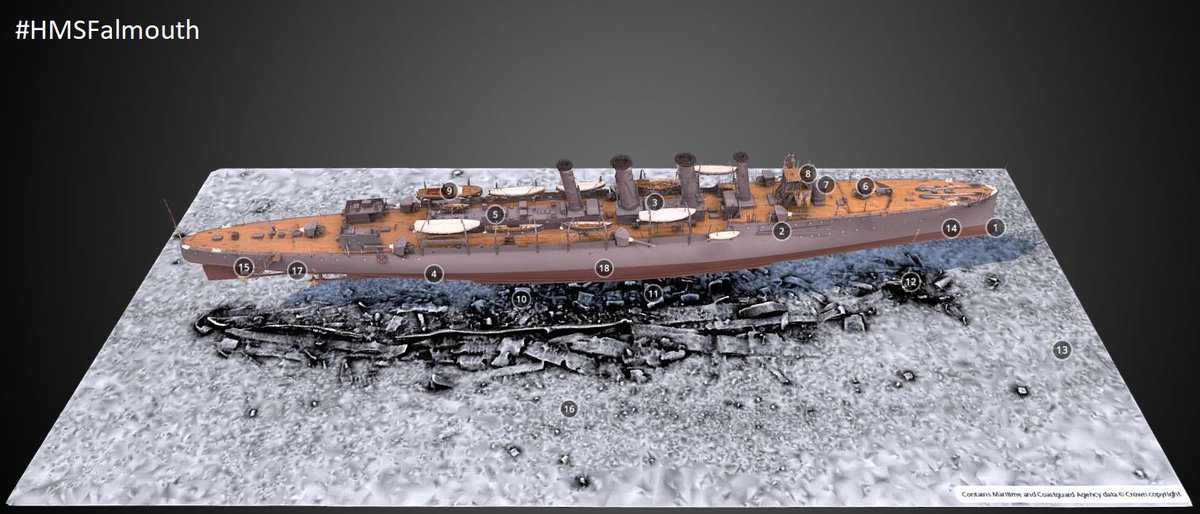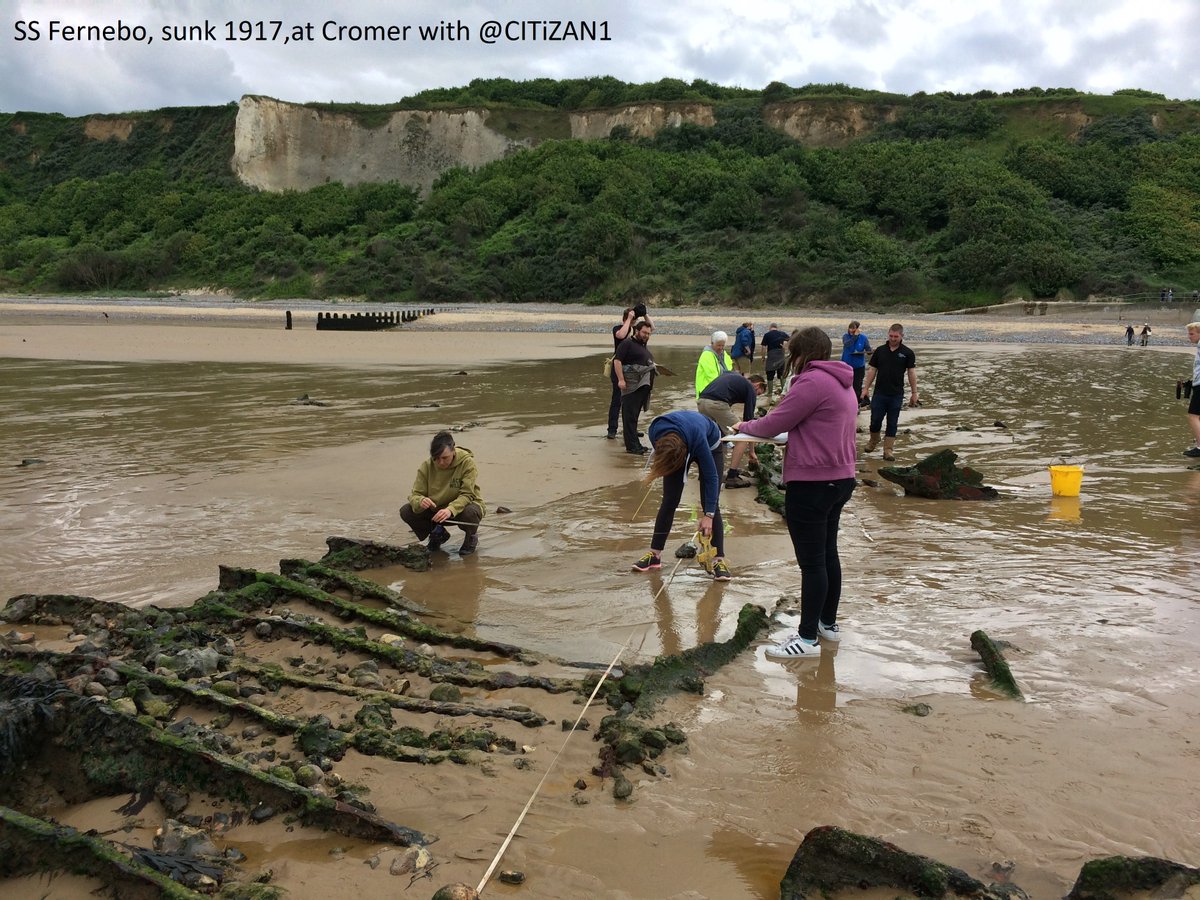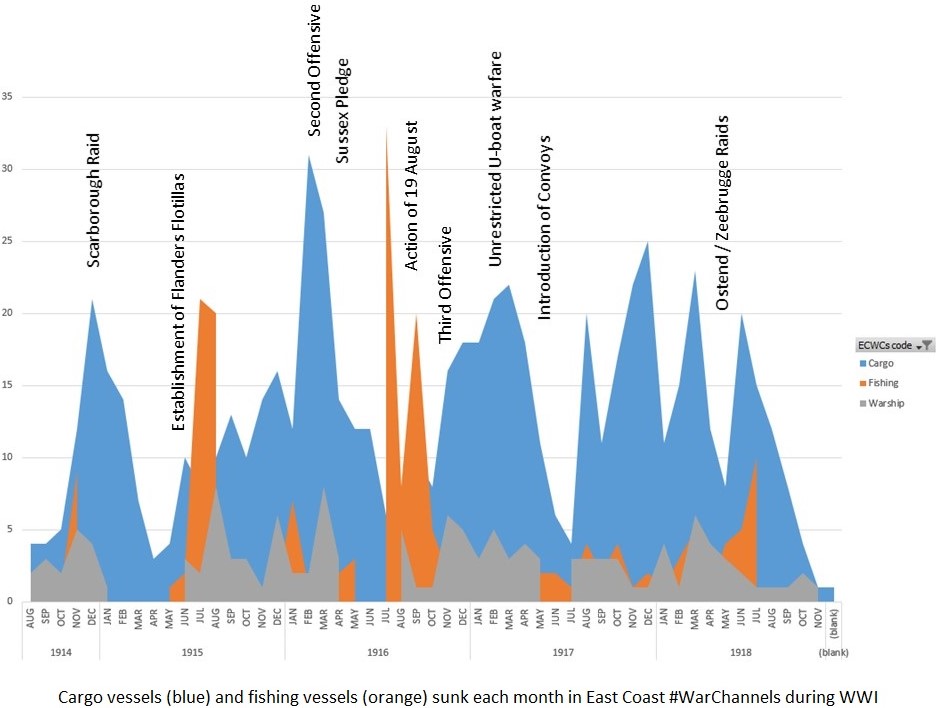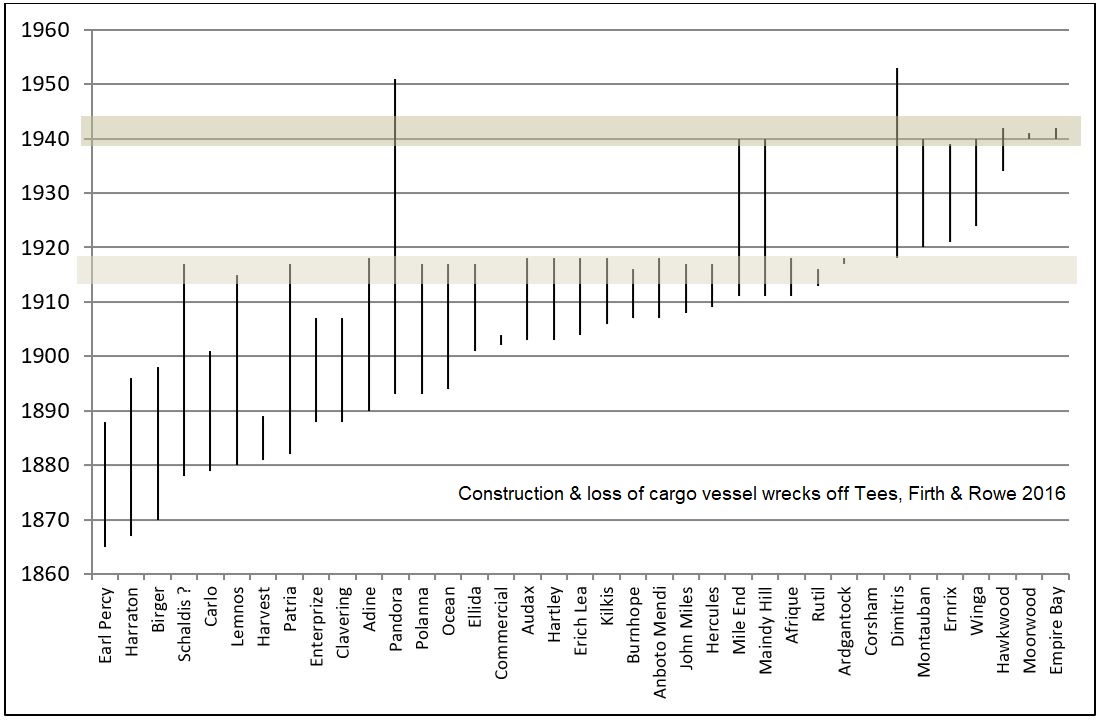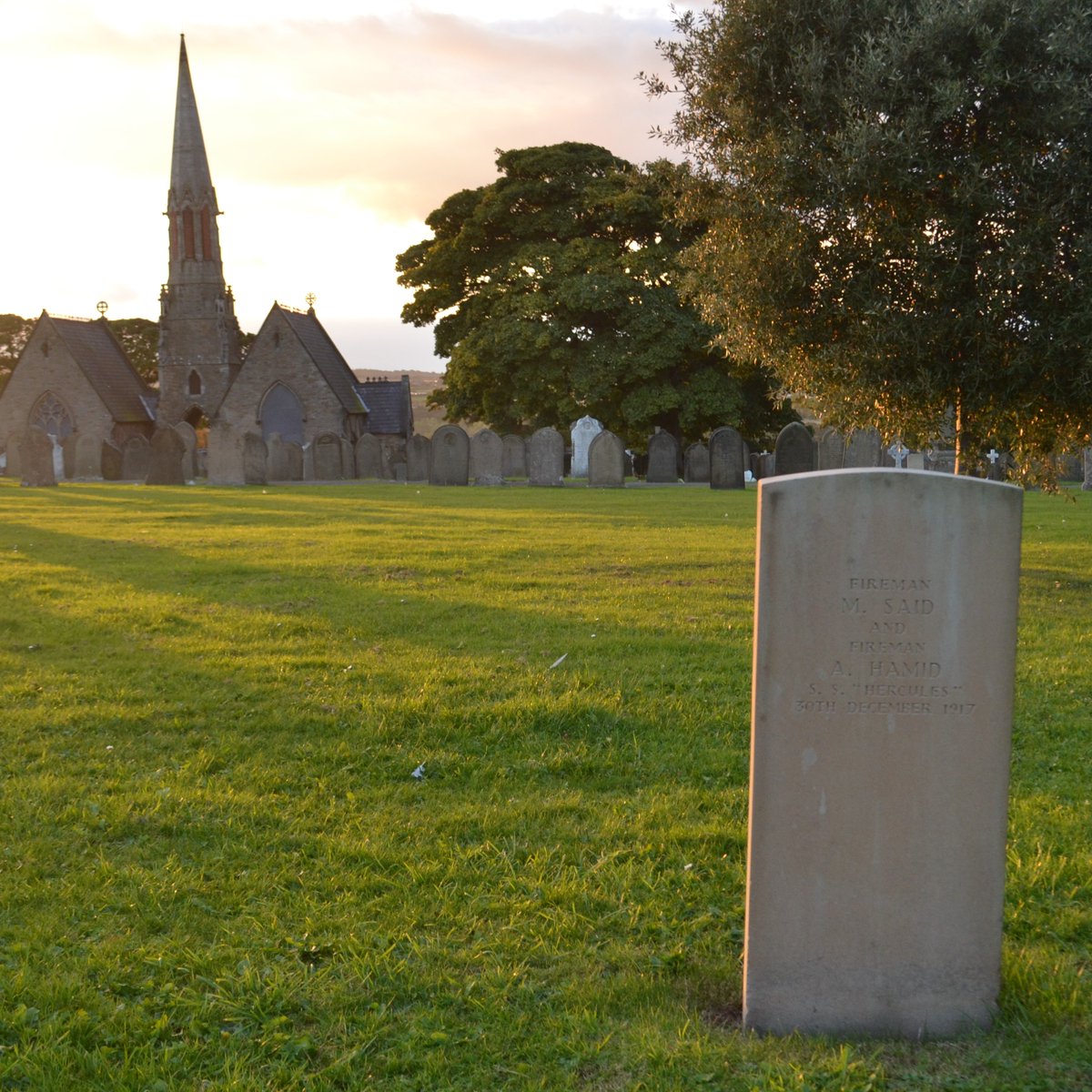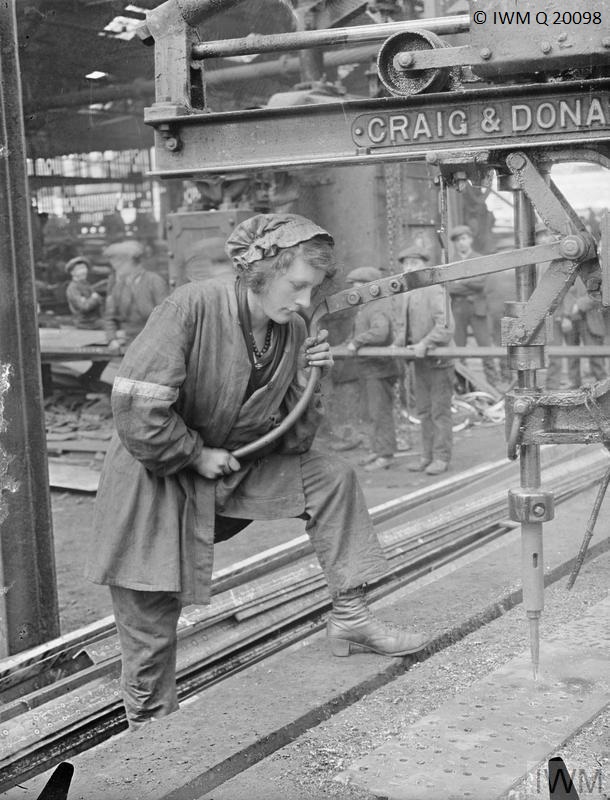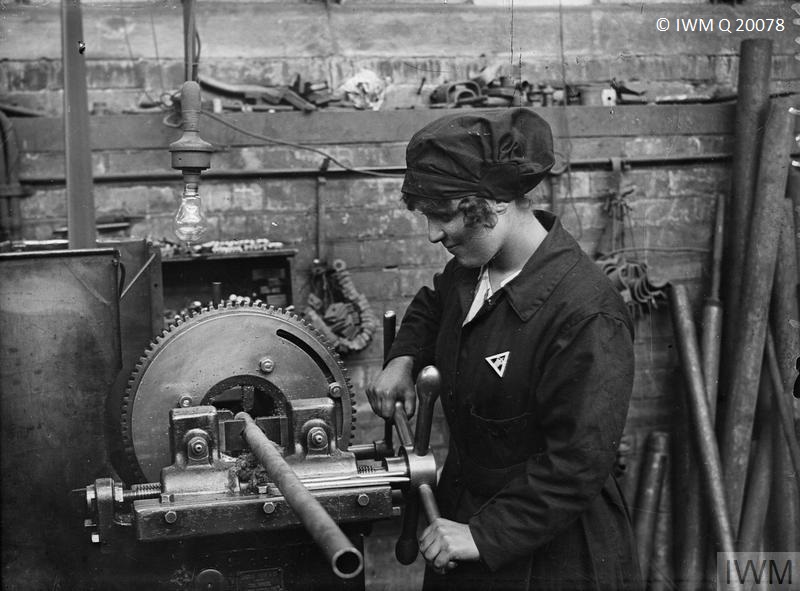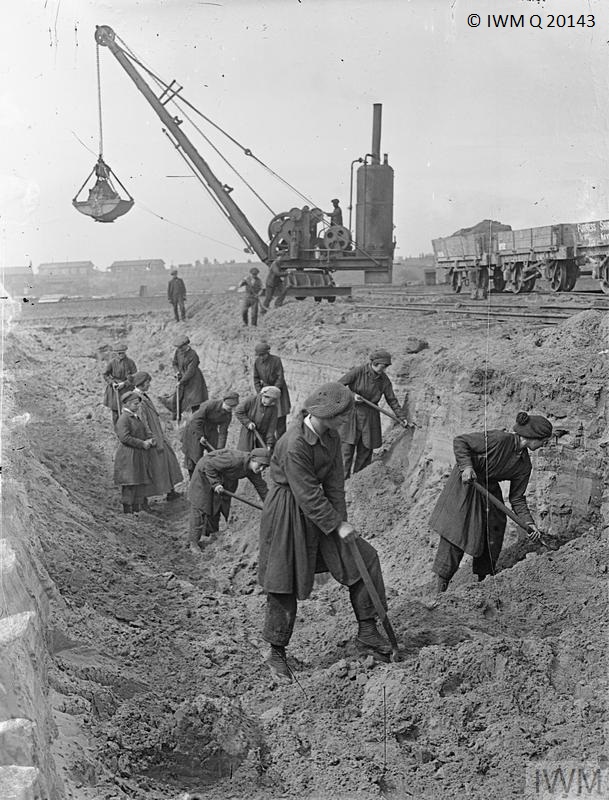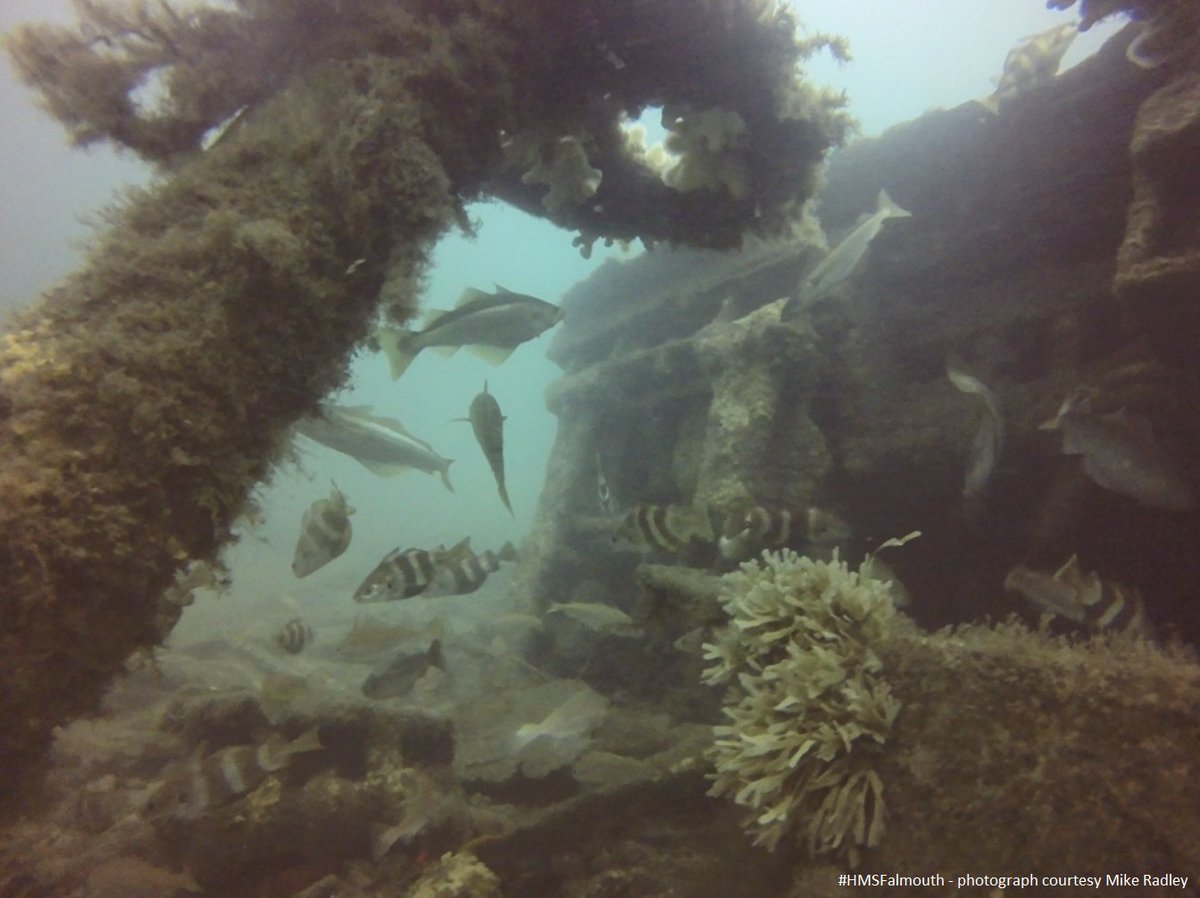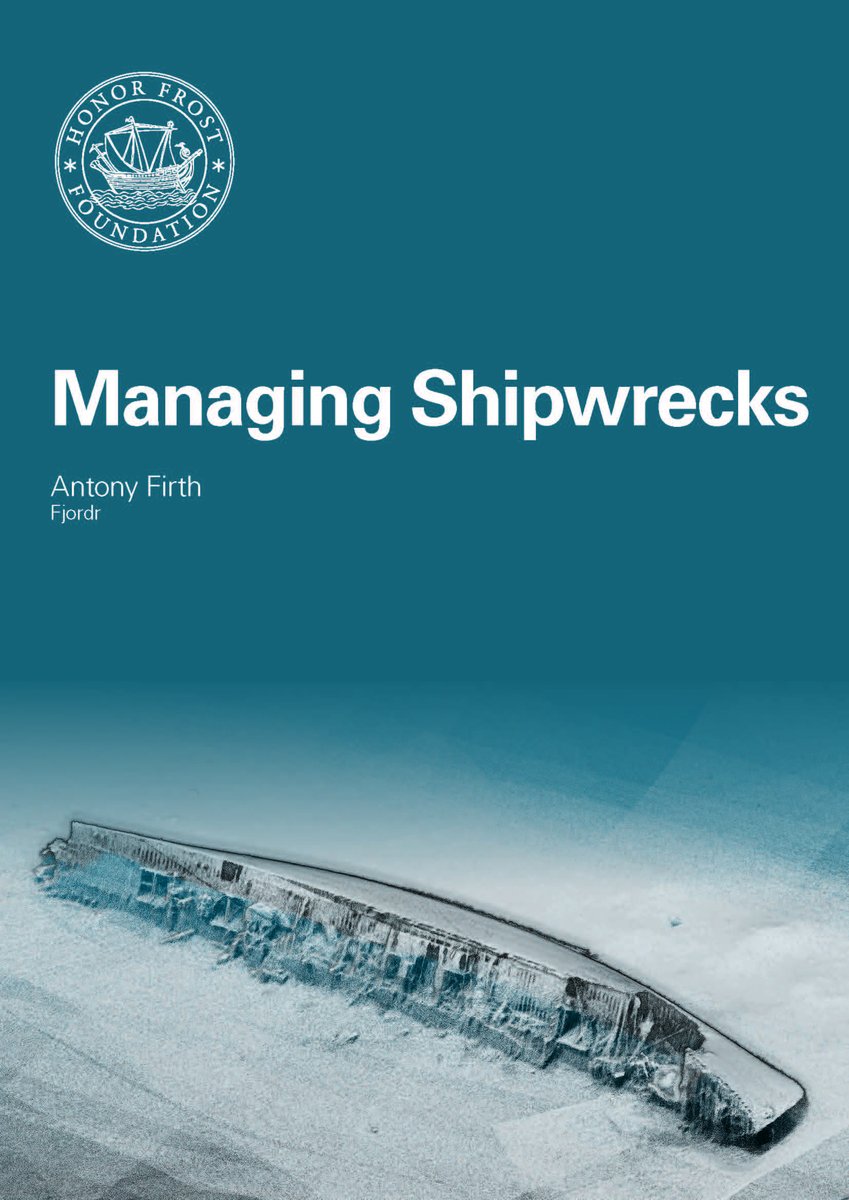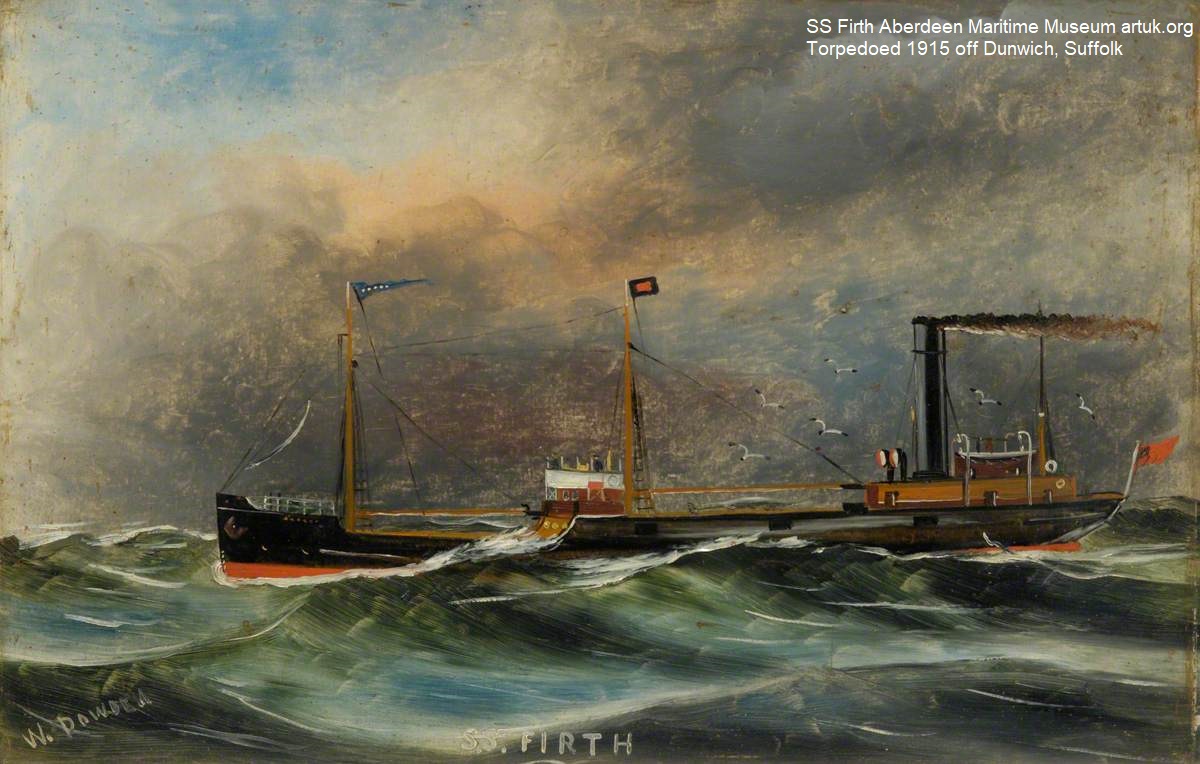1/20 Good afternoon. I’m Antony Firth and I’m going to tweet about ‘Steel on the Seabed’. I’ll be referencing work with @HistoricEngland @HE_Maritime @Honor_Frost @SouterNT @HeritageFundNE @CITiZAN @IoSIFCA @TynetoTees @ukchp. Many thanks to all & to organisers of #SWOS20!
2/20 By ‘Steel on the Seabed’ I mean #shipwrecks from the period c. 1850-1950 – a period of numerous radical transformations in ships but also in the communities whose lives they touched. These historic steel artefacts within the marine environment still reverberate. #SWOS20
3/20 In 1832 before most were even built, Lyell surmised ‘It is probable that a greater number of monuments of the skill and industry of man [sic] will be collected together in the bed of the ocean than will exist at any other time on the surface of the continents’. #SWOS20
4/20 Ships are themselves social worlds of steel for the people who live, work and travel aboard. Plates, decks, boilers, engines and machinery are all shaped in steel to frame these floating worlds. #SWOS20
5/20 Beyond their hulls, steel ships shaped the social worlds of shipbuilders, dock workers, merchants, passengers & their communities at scales from local to global. Ships were also central to the supply of ore & coal, and to the delivery of manufactured steel products. #SWOS20
6/20 The fabrication and use of steel ships embodies so many lives: but the existence of most ships is fleeting. Their steel being eminently recyclable means that successful ships ended their careers in breakers’ yards. #SWOS20
7/20 Our built environment contains numerous reminders of industrial and transport heritage. But – with few exceptions – historic ships are absent from today’s ports and coasts. Although central to the history of many UK communities, cargo steamships now seem extinct. #SWOS20
8/20 But I’m going to argue that steel ships still form part of our historic landscapes and seascapes, if only we look beneath the surface. Thousands of ships were ‘saved’ from the breaker’s yard by the catastrophe of sinking. #SWOS20
9/20 Steel shipwrecks resonate as facets of UK maritime and industrial heritage, if we choose to make them chime. Fortunately, numerous radical transformations in our own age are enabling us to rediscover, visualise and understand this long-hidden heritage. #SWOS20
10/20 Digital surveys, digitisation of collections and digital citizen science are turning underwater scrapyards back into meaningful places. Technologies are pushing us towards a national collection of extraordinary breadth and importance, if we want it. #SWOS20
11/20 Steel shipwrecks are a vital component of the heritage of so many UK communities. They offer a fascinating – and creative – point of entry for the public in rediscovering unseen aspects of UK history, and present numerous avenues for research. #SWOS20
12/20 C19th & C20th shipwrecks tend to be viewed through the prism of warfare – with good reason: #WWI & #WWII had important maritime dimensions & caused massive spikes in shipping losses. But the history of ships sunk in wartime is not limited to the history of war. #SWOS20
13/20 The brutal attrition of lives and tonnage enables insight too. Mines, torpedoes and shells sliced through steel but also cut a section through the history of mid-C19th to mid-C20th shipping. #SWOS20
14/20 The same is true of people whose lives were taken while serving aboard. Firemen Said & Hamid – buried in a Whitby churchyard – remind us of the global character of the mercantile marine and the largely forgotten story of Black and Asian seafarers in the UK. #SWOS20
15/20 Steel lying on the seabed continues to embody the labour of shipbuilding communities especially on the Clyde and in the North East, including women who joined the workforce in wartime to carry out skilled and heavy marine engineering. #SWOS20
16/20 There is a direct relationship between the expulsion of women from marine engineering at the end of #WWI and the formation of the Women’s Engineering Society in 1919 @WES1919 #INWED20 #ShapeTheWorld. #SWOS20
17/20 The landscape was also shaped by steel through women’s contribution to shipbuilding in other ways: Haverton Hill emergency shipyard on #Teesside was constructed in 1918-19 by women workers. The slips and basins they dug are still in use. #SWOS20
18/20 Today, steel shipwrecks continue to shape the marine environment and the livelihoods that depend upon it. As inadvertent artificial reefs, shipwrecks provide habitats that are important for nature conservation, sea angling, recreational diving & commercial fishing. #SWOS20
19/20 Shipwrecks can also be navigational hazards, sources of pollution & last resting places of many who have ‘no grave but the sea’. We often fail to deal with these monuments in ways that recognise the multiple dimensions of their past and present. #SWOS20
20/20 The ships that lie around UK shores – through their misfortune and our good luck – are a vital component of our industrial and maritime historic environment. Next time you look out from the coast, have a thought for the steel on the seabed. Thank you! #SWOS20

 Read on Twitter
Read on Twitter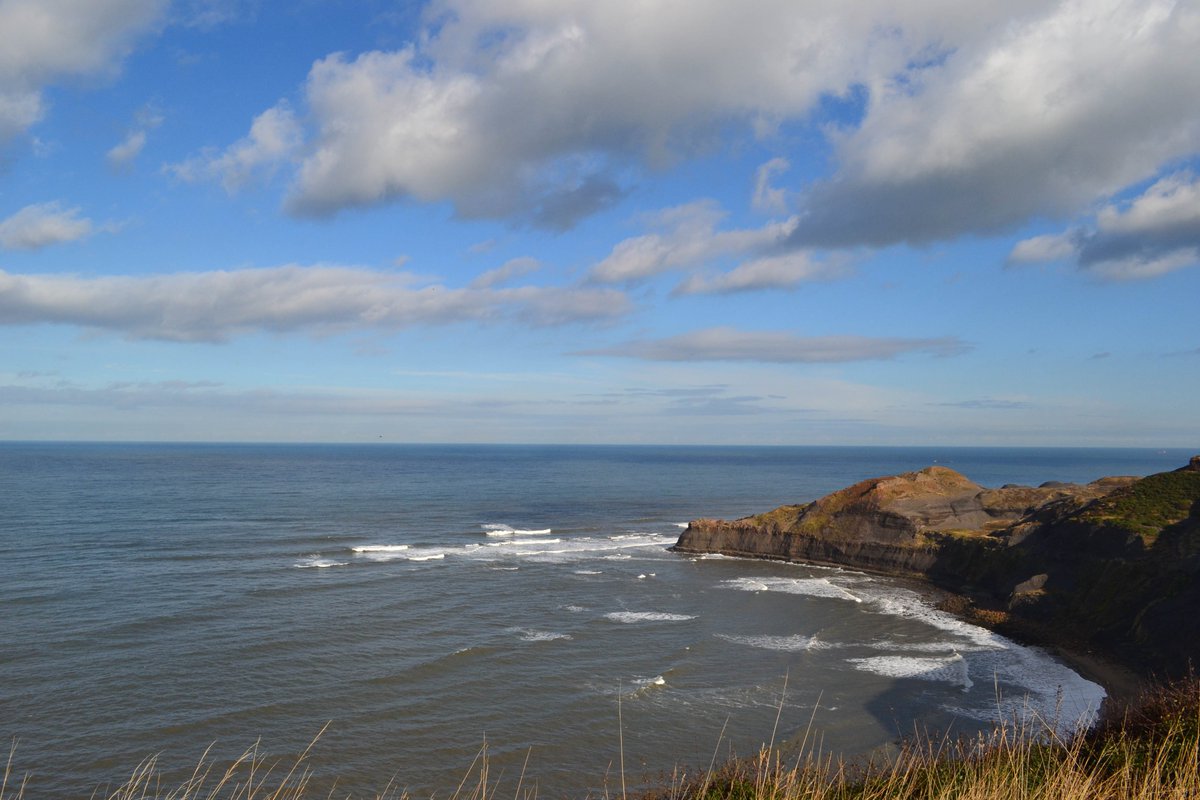
![3/20 In 1832 before most were even built, Lyell surmised ‘It is probable that a greater number of monuments of the skill and industry of man [sic] will be collected together in the bed of the ocean than will exist at any other time on the surface of the continents’. #SWOS20 3/20 In 1832 before most were even built, Lyell surmised ‘It is probable that a greater number of monuments of the skill and industry of man [sic] will be collected together in the bed of the ocean than will exist at any other time on the surface of the continents’. #SWOS20](https://pbs.twimg.com/media/Eb7Qz2XXYAAi_PH.jpg)
